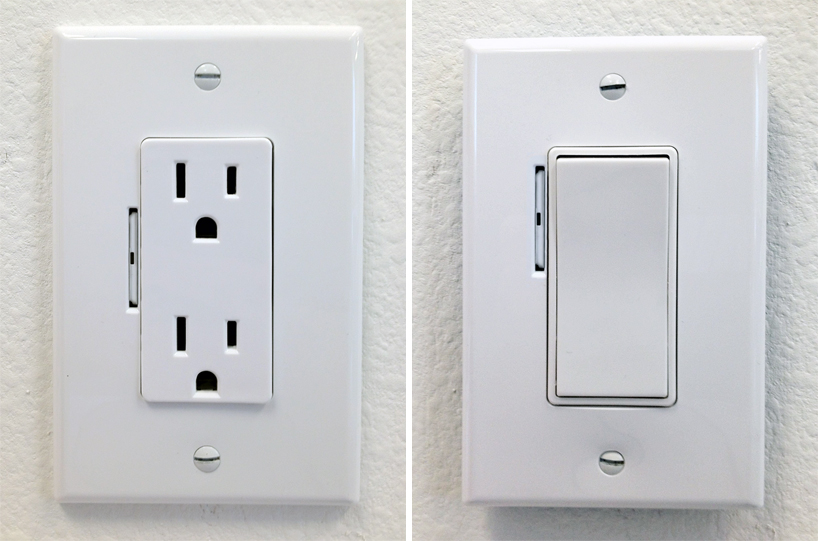KEEP UP WITH OUR DAILY AND WEEKLY NEWSLETTERS
PRODUCT LIBRARY
designboom is presenting the sound machines of love hultén at sónar festival in barcelona this june!
connections: 74
BMW releases the upgraded vision neue klasse X, with a series of new technologies and materials especially tailored for the upcoming electric smart car.
following the unveiling at frieze LA 2024, designboom took a closer look at how the color-changing BMW i5 flow NOSTOKANA was created.
connections: +630
each unit draws inspiration from emergence, featuring a hexahedron-based structure that facilitates integration into larger systems.
connections: 96

 internal chip view of ‘hannah’, the sensor and LED-loaded, 25 USD developer model
internal chip view of ‘hannah’, the sensor and LED-loaded, 25 USD developer model wall sockets are one example hardware integration of ‘electric imp’
wall sockets are one example hardware integration of ‘electric imp’ example web interface for the monitoring of ‘imp’-connected devices
example web interface for the monitoring of ‘imp’-connected devices  example application screenshots
example application screenshots top: setting interaction behaviour among sensors, devices, and user input bottom: developers can also hack the code itself to add functionality
top: setting interaction behaviour among sensors, devices, and user input bottom: developers can also hack the code itself to add functionality


